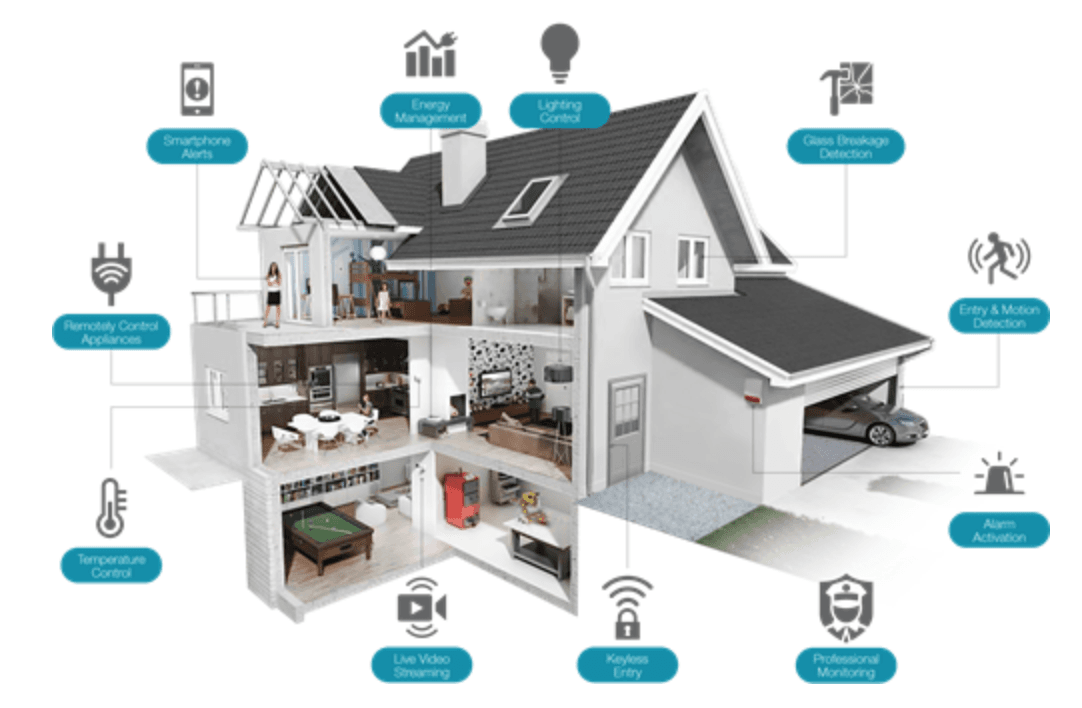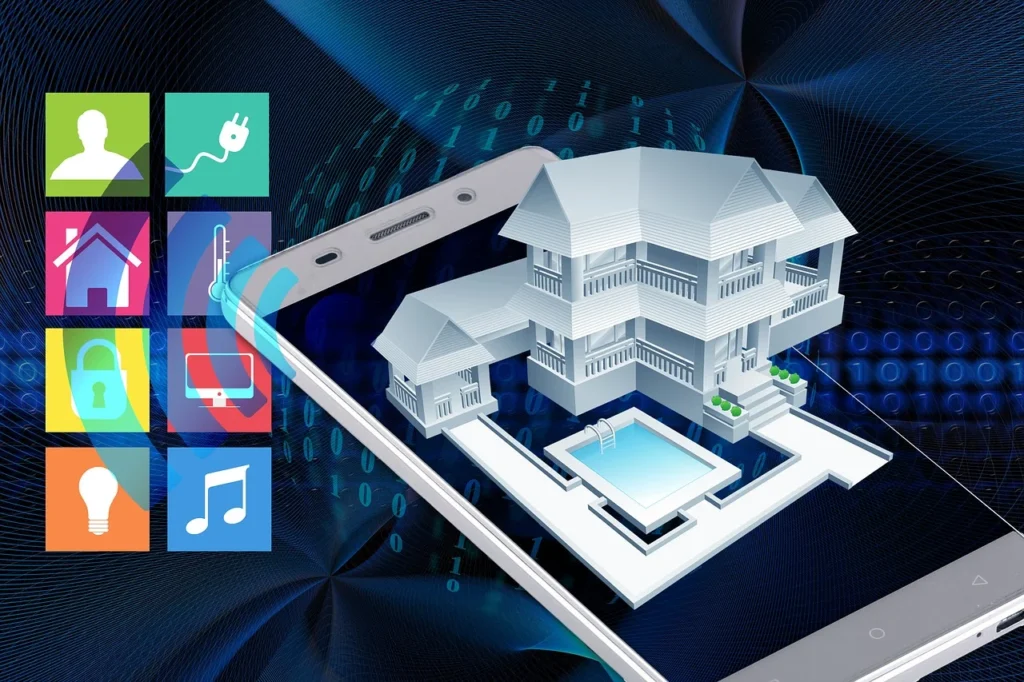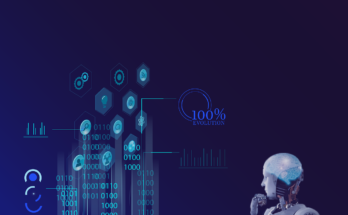The Future of Smart Home Technology
Table of Contents
Introduction
Smart home technologies work with internet-connected capabilities to control and automate home systems for lighting, security, heating, and entertainment through either smartphone and/or voice command systems. Smart home devices, including smart thermostats, cameras, and appliances, provide an integrated experience of home automation technology that enhances convenience, energy efficiency, and security. Smartphone and/or voice command systems enable users to customize and manage automation systems, while providing a continuous flow of information. Smart home technologies can be a more efficient, seamless, and holistic approach to home management.

The value of smart home technology stems from its ability to increase convenience, safety, and energy efficiency. By automating daily tasks (like adjusting lighting, turning on and off appliances, or monitoring home security), smart technology can also help save homeowners time and energy. Additionally, smart devices can reduce energy consumption, resulting in cheaper utility bills and an environmentally-friendly approach to energy consumption.The popularity of smart home technology stems not only from advances in technology, the decreasing availability of devices that are affordable, but also the introduction of voice assistants (Alexa, Google assistant, etc). As people demand more personalized and connected living environments, smart home technology continues to develop; usage wise and innovation wise.

smart home technology
Current State of Smart Home Technology
Smart home technology has quickly advanced, leading to various smart home solutions to help automate and manage homes.- Smart Speakers: Devices such as Amazon Echo and Google Nest are the primary devices used to control smart homes with voice commands. They can control other connected devices, play music, answer questions, and set reminders.
– Smart Thermostats: Devices like the Nest Thermostat or Ecobee are smart devices allowing users to remotely control heating and cooling in their homes. Smart thermostats are programmed to learn habits over time to ensure energy efficiency and save utility costs.
– Smart Security Systems: Systems such as Ring and Arlo pad the home with some of the best security available, including video surveillance, motion detection, and alerting capabilities in real-time. Integration of smart locks, doorbells, and surveillance cameras provide complete home security.
– Smart Lighting: Phillips Hue and LIFX are logically able to adjust all your lighting schedules, brightness, and color of the light setting. Many smart lighting options are controlled via smartphone or can be controlled using voice commands.
– Smart Appliances: From refrigerators to washing machines, users are able to remotely monitor and manage a smart appliance and it will even alert you if it is not working properly or operating efficiently.
– Smart Plugs and Switches: Devices like TP-Link Kasa are able to control traditional appliances and electronics. The device can send a signal to simply turn it on and off via phone app and management device connectivity. All of these devices are meant to integrate and individually control for a possible automated, easier, and secure living district.

Smart home devices are comprised of the Internet of Things (IoT) ecosystem, in which a system of devices interact and function together. This enables the following results:
1. Connected Devices: Within the framework of the IoT ecosystem, smart devices, such as thermostats, lights, and security can share the data they collected and react to each other. For example, the data from sensors in a smart thermostat can indicate to the thermostat that no one is in the house and adjust the temperature. Smart lights could turn on when the smart security systems detect motion.
2. Controlled from One Source: The IoT allows multiple smart home systems to be operated from one source connected to the internet, such as a smart phone app, or voice-controlled assistant; and allows users, with connectivity, to control smart devices from anywhere in the world.
3. Ability to Automate: Smart home systems linked to the IoT can automate a user’s daily routine. For example, an automated “goodnight” command could be issued and all the door locks would lock, all the lights would turn off, and the thermostat would lower, tick off the daily tasks without responding manually.
4. Based on Collected Data: The IoT continues to bring innovation to smart devices that allow them to collect data, analyze it, and instruct users with their analysis. For example, a smart appliance can send a notification to the user that something is wrong, before it becomes a big problem.
5. Controlled from Afar: Through the IoT, smart devices connected to the internet can allow smart homes to be controlled and viewed from any location in the world, providing peace of mind to homeowners.
While all these aspects contribute to the efficiency of smart homes, an important element permeating the effective management of smart home systems and devices, personalized efficiency, and daily peace of mind, is the IoT.
Trends to Watch in 2024
highlights emerging innovations and shifts across industries, from advancements in AI and sustainable technology to new consumer behaviors and evolving digital experiences, shaping the future of business and lifestyle.
In 2024, device interoperability is enhancing seamless interaction between gadgets like smartphones, smart homes, and wearables. This trend allows different devices to work together effortlessly, improving user experience and efficiency. As technology becomes more integrated, users can expect smoother data sharing and more cohesive functionality across platforms, making everyday tasks more convenient and connected.

Voice and gesture control technologies are making significant strides, offering more intuitive and hands-free interactions with devices. Improved voice recognition and advanced sensors enable smoother control of smart homes, phones, and vehicles. These innovations enhance convenience, accessibility, and user experience by reducing reliance on traditional interfaces like touchscreens and keyboards.
Energy-Efficient Smart Home SolutionsIn 2024, energy-efficient smart home solutions are becoming more popular, helping homeowners reduce energy consumption and lower costs. Advanced systems like smart thermostats, lighting, and appliances use AI and automation to optimize energy use based on real-time data. These innovations contribute to more sustainable living while offering greater convenience and control.
Challenges and Considerations
As technology advances, privacy and security concerns are increasingly important in 2024. With the rise of interconnected devices, personal data is more vulnerable to breaches and cyberattacks. Users face challenges in protecting sensitive information across smart homes, mobile apps, and online platforms. Ensuring data privacy, enhancing encryption, and adopting stronger security measures are critical to addressing these growing risks.

Cost and accessibility remain key factors shaping the adoption of new technologies. While advanced innovations like smart devices, renewable energy solutions, and AI-driven tools offer significant benefits, their high costs can limit access for many consumers. Efforts are being made to lower prices and improve accessibility, ensuring a wider audience can benefit from technological advancements, fostering more inclusive growth across different regions and income levels.
Technological barriers continue to impact the widespread adoption of new innovations. Complex interfaces, lack of interoperability, and steep learning curves can deter users from fully embracing emerging technologies. Additionally, concerns around privacy, security, and cost further hinder adoption. Overcoming these barriers through user-friendly design, improved compatibility, and stronger support systems is essential for increasing acceptance and maximizing the benefits of new technologies.
Conclusion
The future of smart home technology is poised for rapid growth, driven by advancements in AI, interoperability, and energy-efficient solutions. As devices become more integrated and user-friendly, smart homes will offer greater convenience, security, and sustainability. However, challenges such as privacy concerns, technological barriers, and high costs remain. Overcoming these hurdles will be key to making smart home technology accessible and beneficial to a wider audience, ultimately transforming how we live and interact with our homes.
The future of smart home technology promises to reshape everyday living. As AI-driven automation, voice control, and energy-efficient solutions evolve, homes will become more intuitive and responsive to user needs. Interoperability between devices will streamline daily tasks, enhancing convenience, security, and energy management. The potential impact on lifestyle is profound, with smarter homes reducing manual effort, increasing efficiency, and promoting sustainable living. However, as these technologies advance, addressing privacy, security, and accessibility concerns will be critical in ensuring widespread adoption and positive societal change.




